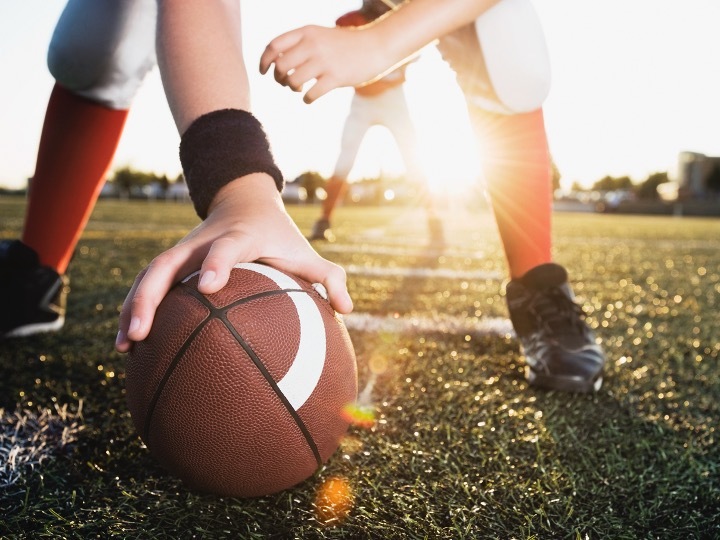
Sport-related concussion in childhood and adolescence
28/06/2022
Nina Feddermann - Demont a,b, Andreas Meyer - Heim c,
Christian Nuehrenboerger d,e, Philippe M.Tscholl f,g
a - Klinik für Neurologie und Klinisches Neurozentrum, Universität und Universitätsspital Zürich, Switzerland
b - Swiss Concussion Center, Schulthess Klinik, Zürich, Switzerland
c - Kinder-Reha Schweiz, Universitäts-Kinderspital Zürich, Switzerland
d - Sports Clinic, Centre Hospitalier de Luxembourg – Clinique d’Eich, Luxembourg, Luxembourg Institute of Research in Orthopaedics, Sports Medicine and Science, Luxembourg
f - Department of Orthopaedic Surgery and Traumatology, Geneva University Hospitals, Geneva, Switzerland
g - ReFORM IOC Research Centre for Prevention of Injury and Protection of Athlete Health, University Hospitals Geneva, Geneva, Switzerland
Summary
Due to the specific anatomy and the development process, children and adolescents have a higher risk of concussion especially during sports. In the case of concussion, other structures, such as e.g. the equilibrium organ or the cervical spine, may also be affected, and therefore different symptoms may occur. Diagnosis should identify causes of all relevant symptoms and findings. There are special assessment criteria for children and adolescents. Therapy is carried out according to the guidelines of the respective medical societies. Physical and cognitive rest is recommended for the first 1-2 days. Return to school, education and sports should be controlled, gradual and symptom-limited with the support of the caring environment.
